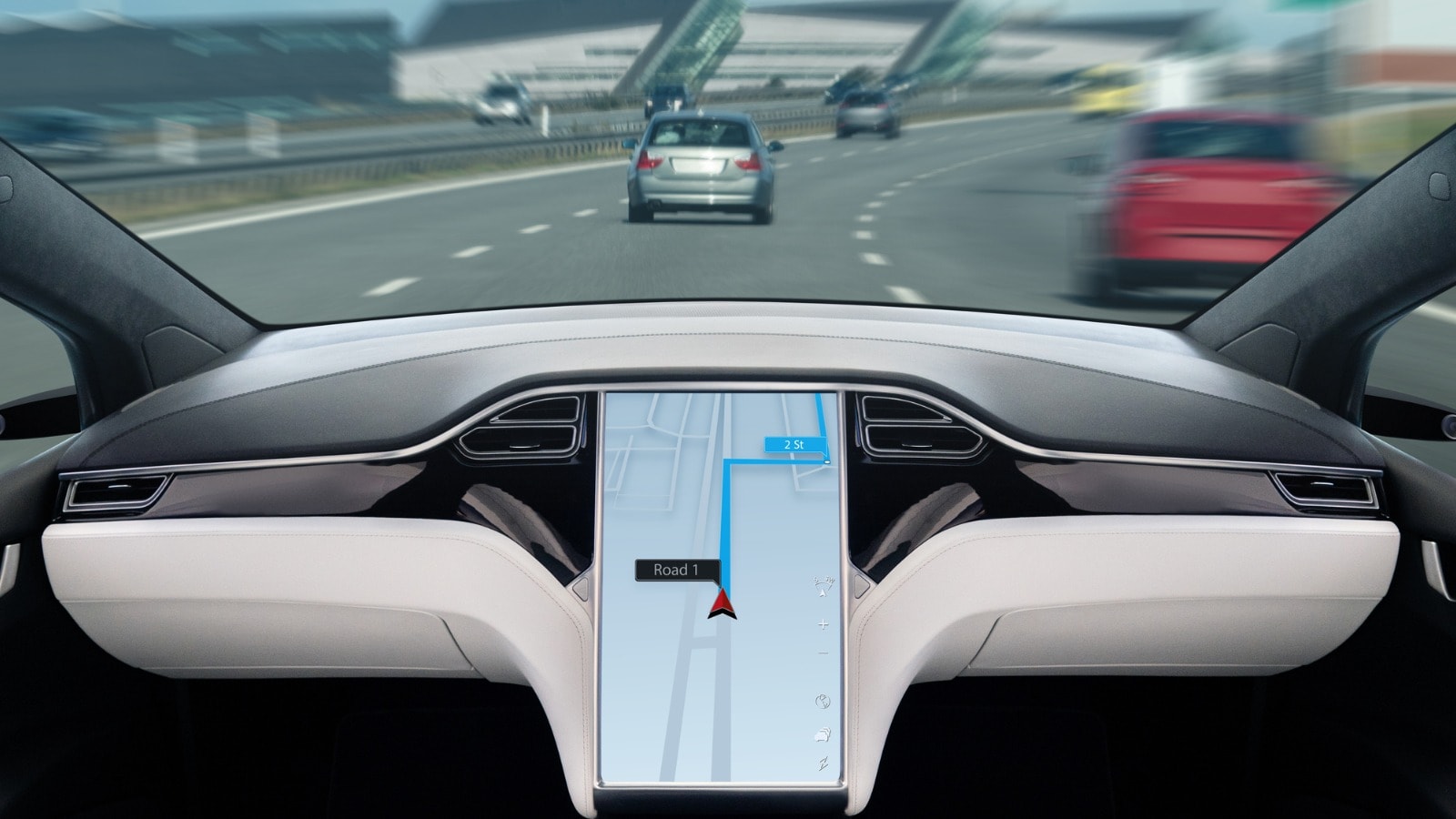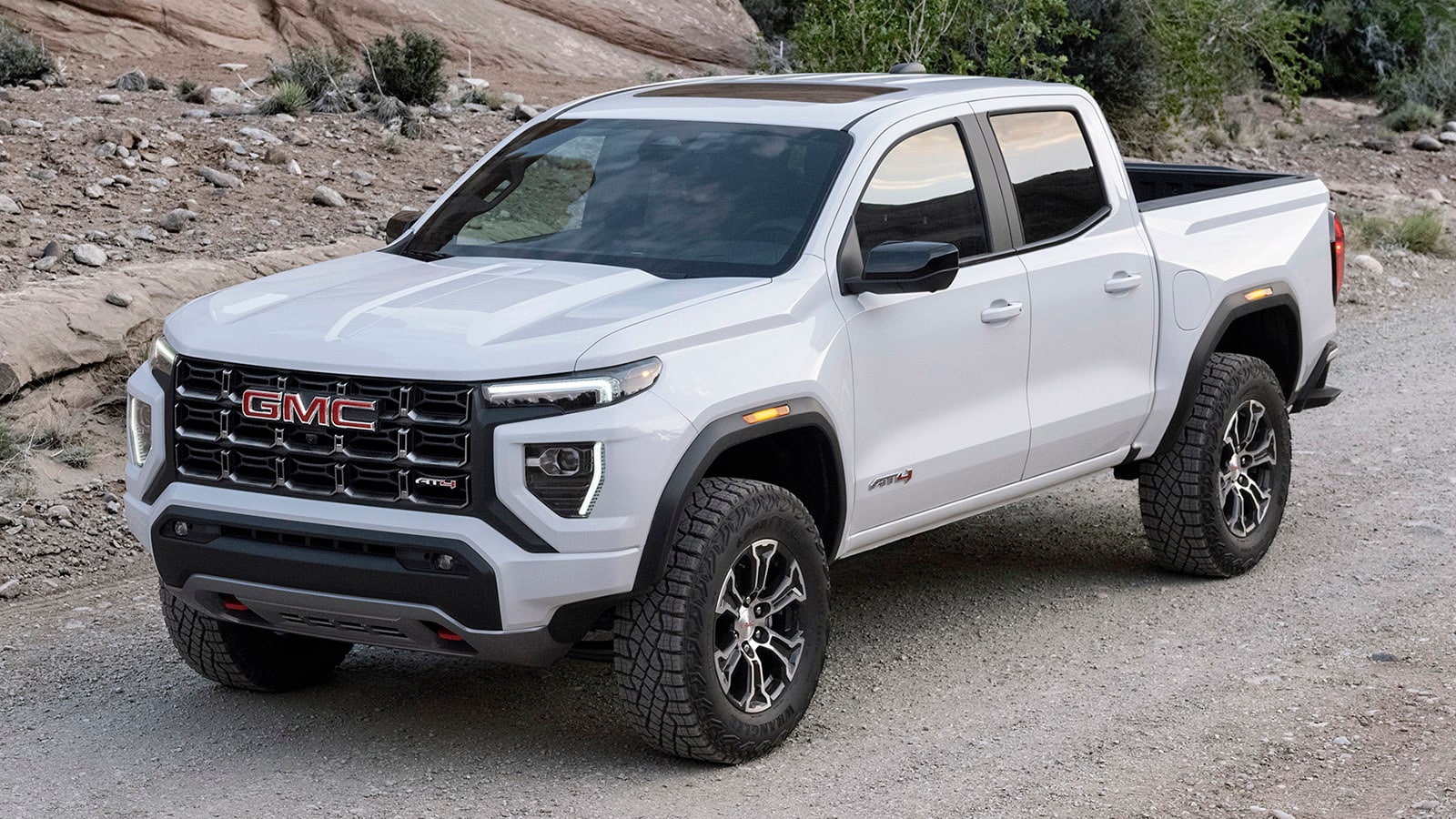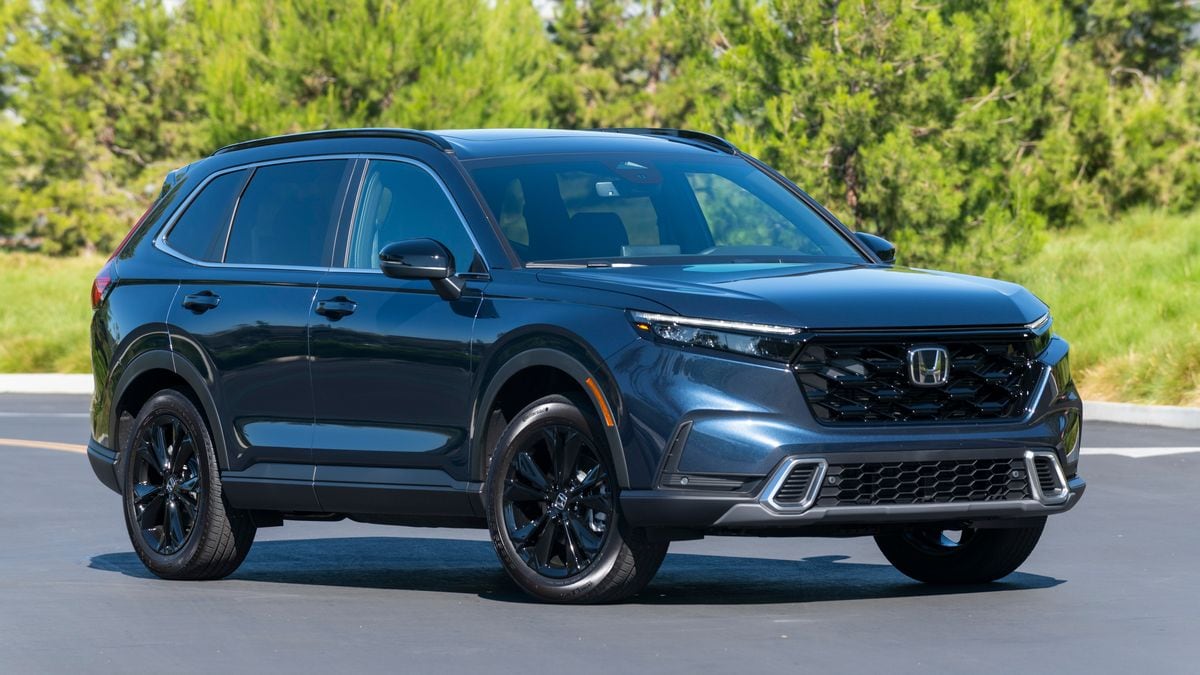Today’s automated driver assistance systems can be safer than human drivers, but only under near-perfect conditions. Once the sun goes down or the systems are asked to turn, you’re better off with a human behind the wheel.
That’s the conclusion University of Florida researchers reached in a new study published in the journal Nature.
Related: Self-Driving Cars – Everything You Need to Know
The researchers examined accidents cataloged by the National Highway Traffic Safety Administration (NHTSA), the California Highway Patrol, and a database of autonomous vehicle accidents shared by researchers on the open-source platform Github.
They found that advanced driver assistance systems worked well in clear conditions and when keeping to a road’s path. But they were 5.25 times more likely to crash at dawn and dusk than human drivers. They proved 1.98 times as likely to crash when turning.
The State of Self-Driving Today
There are no self-driving cars for sale today, though studies show that many Americans believe there are, thanks to extreme advertising claims by some manufacturers.
Most partial self-driving systems for sale today can handle accelerating, braking, and turning to keep pace with traffic. Most work only on pre-mapped highways, but they require the driver to keep their eyes on the road and stay ready to intervene at any time.
The most advanced system for sale today, offered by Mercedes in only two states, allows drivers to look away from the road, but only below 40 mph.
Related: Ford Tops Consumer Reports Hands-Free Driving Tests
State laws govern the testing of self-driving systems. To date, the federal government has not stepped in to regulate them. But NHTSA recently mandated automatic emergency braking — a proto-self-driving system that can stop a car to avoid a collision — must be on all new cars sold after 2029.
Auto industry observers say that move could be the first step toward requiring more effective systems. Today’s unregulated automatic braking systems often underperform in darkness or complicated traffic scenarios and don’t live up to their advertising when the car is in reverse.
Could Be Safer Than a Human Someday
The researchers note that a self-driving system that is just 10% safer than a human driver could prevent 600,000 road deaths over 35 years. In theory, a self-driving car could avoid the errors humans make when tired or distracted.
But the technology today struggles with bad weather and unpredictable events. The researchers noted that automated vehicles “are more commonly involved in accidents during rainy conditions” and “in locations impacted by previous traffic events or work zones, where normal traffic is disrupted by earlier incidents like disabled vehicles or spilled cargo.”





